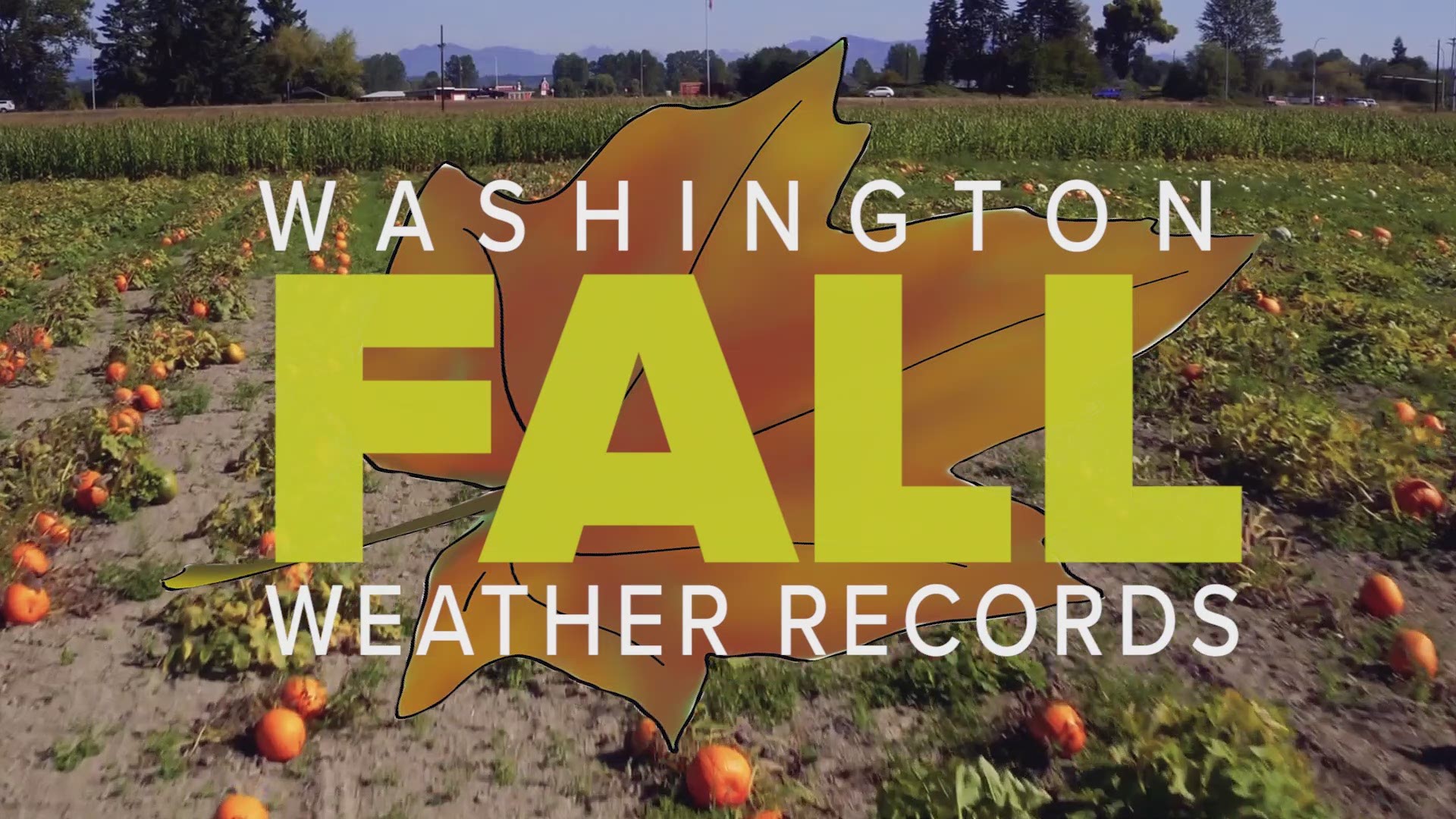SEATTLE — About a dozen government officials in Seattle are already thinking about winter.
February’s record-breaking winter storm put schools in western Washington on pause, created traffic nightmares for both drivers and public transit riders and closed down several streets.
Representatives from agencies such as the National Weather Service, the Washington State Department of Transportation (WSDOT), King County Metro Transit and many others gathered on Wednesday to discuss what they learned from the February snowstorm, and how they plan on combating any shortcomings this winter.
During the height of February's winter storm, more than 100 snow plow trucks were out plowing roads. However, a limited number of drivers trained to operate those plows created problems.
“As that storm went on and on, one of the other things we realized is that the snowplows were running, and running well, but our snowplow truck drivers just flat out started to get tired. Over the next few months, WSDOT said it will be training employees who normally operate other heavy machinery to be able to operate snowplows,” said Chris Johnson, the maintenance and operations manager at WSDOT.
As far as sidewalk shoveling and plowing goes, residents and business owners are responsible for taking care of their own property and adjacent sidewalks. The city will not plow your sidewalk.
According to Terry White, King County Metro's deputy general manager of transportation, this past February was the first time the county activated the Emergency Snow Network-- a plan 10 years in the making.
“This is where we focus our attention to 60 core high-ridership routes during the worst of the storms.”
White said they are changing up some communication issues they had last year and will be reviewing the Emergency Snow Network plan. The plan should be ready to go this winter should conditions call for it.
When it came to getting information out to the public, Reid Wolcott, the Warning Coordination Meteorologist for the National Weather Service in Seattle, credits social media for being an effective way to convey their thoughts on the forecast including what was currently happening.
“Social media was huge for us. It was one of the best methods for sharing rapid-fire, real-time information,” said Wolcott.
Although it's still a bit too early to get a solid prediction on what the Pacific Northwest winter outlook will be, Wolcott said crews need to be prepared for anything.
The Climate Prediction Center will release its forecast in mid-October, and the latest forecast shows the possibility of an ENSO-neutral condition, which means there may sometimes be numerous wind events in the winter. However, the ENSO-neutral condition makes it a bit more difficult for meteorologists to predict winter weather this season.


